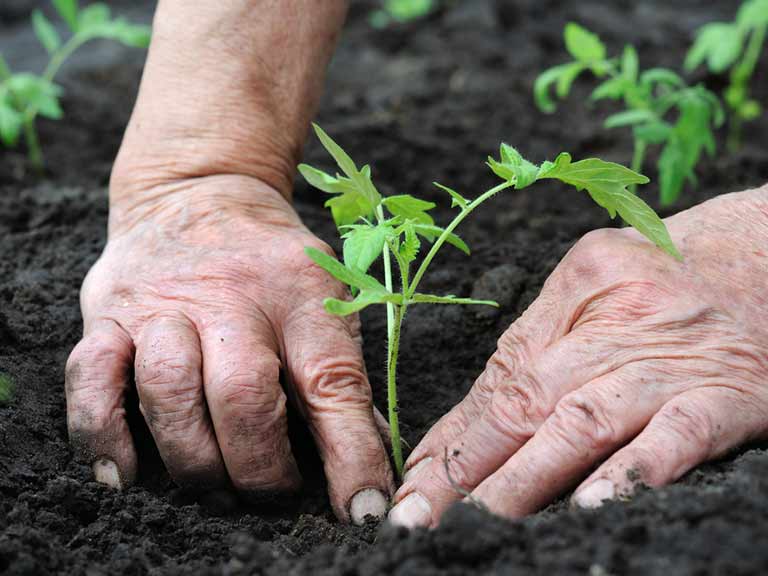The evolution of farming and gardening is not something we consider often. But, the trials and tribulations of generations of farmers tell the tale of growing edible crops. Of course, the landscape of agriculture has changed tremendously in recent history. Thanks to the manufacturing industry, technology, and changes within our society, significant changes have occurred just in the last 50 years or so.
Earliest Farmers
First, let’s explore some of the earliest attempts at farming. Evidence indicates that some of the earliest human civilizations taught themselves how to farm. From 12,000 to 23,000 years ago, they started by scattering grain into dug up earth. It’s believed that several groups from across Asia, South America, and Europe discovered agriculture around the same time.
Why did these groups begin experimenting with farming? The answer seems obvious, but again, it’s something we take for granted nowadays: there was a need. Most of these cultures were hunters and gatherers, so it was a natural step to attempt growing what they found in the wild. They began with peas, lentils, and barley while also herding wild livestock like goats and oxen.
Agricultural Revolution
The Neolithic Revolution, also known as the Agricultural Revolution, is important because many human cultures worldwide transitioned to settlement lifestyles instead of their hunting and gathering routines. Other animals like pigs, sheep, and cattle were raised along with root vegetables. By the Middle Ages, agriculture propelled forward with the introduction of sugar, rice, cotton, and fruit trees.
Farming Changed Forever
Later, after Christopher Columbus made his discoveries in 1492, an influx of plants, animals, and culture transferred to and from the Americas – known as the Columbian Exchange.
New World crops such as maize, potatoes, and sweet potatoes were brought to Europe, while Old World crops such as wheat, barley, rice, and livestock were transported to the Americas. This crucial exchange changed farming around the world forever. The plow and livestock, like oxen and horses, expanded farmland significantly in the Americas for generations. Overseas, many of the new plants introduced became essential crops throughout Europe, including beans, tomatoes, and blueberries.
Modernization of Farming
Prior to 1900, farms were generally small and isolated, run by the families who owned the land and lived off the farm yield. With the Industrial Revolution and a mechanized approach to farming, new equipment and techniques led to increased food production capabilities. With larger crops possible, overall improved health and populations soared. It was during this time of massive innovation that spurred the beginning of the food industry we know today.
Farming Today
With the farming changes over thousands of years, our societies have changed drastically. Today, we have massive farmlands and technologies to harvest the crops. More of the jobs and workforce today are technology based, too.
We are so incredibly fortunate to have such accessibility to food! With that said, a lot of people are starting to notice the additives and preservatives in much of the food sold in stores and at fast food establishments. More attention is also being placed on organic or natural growing methods as opposed to synthetic options.
Growing Your Own
There are more choices today with our food than ever before! And one of the options that’s gained a lot of momentum in the last few years is returning to our roots of growing our family’s own food. Gardeners are exploring the abundance of edible crops in their own backyards and loving the results.
If you’re considering growing some of your own edibles, stop by Warren’s Southern Gardens and allow our expert staff to assist you in getting started. Now is a great time to plant vegetables like broccoli, cabbage, and Brussels sprouts as well as herbs such as cilantro, parsley, and more.
Stop by Warren’s today—we’ll get you growing!

Gardening